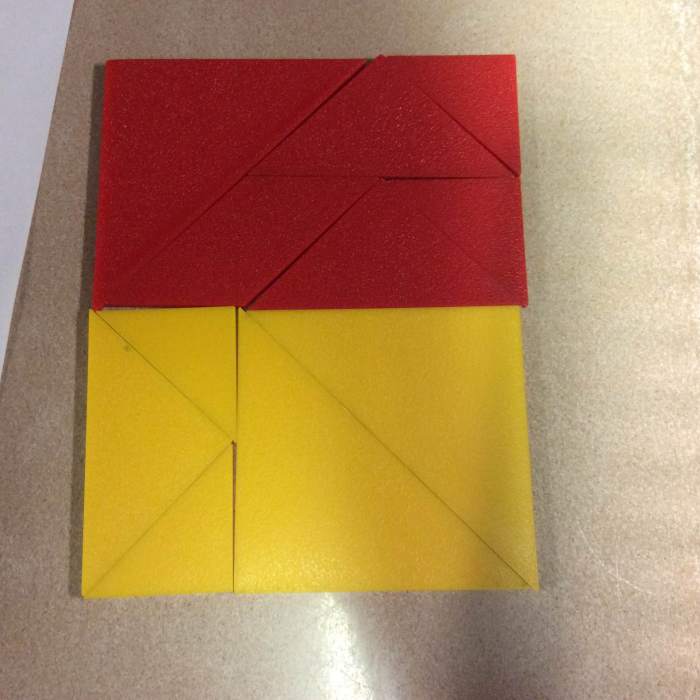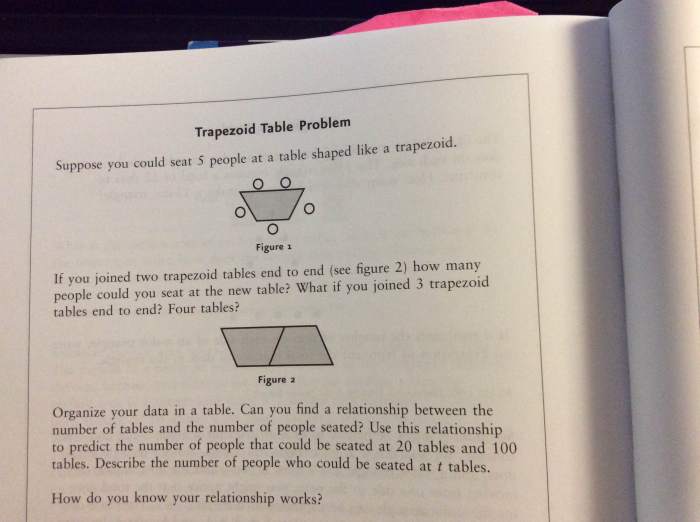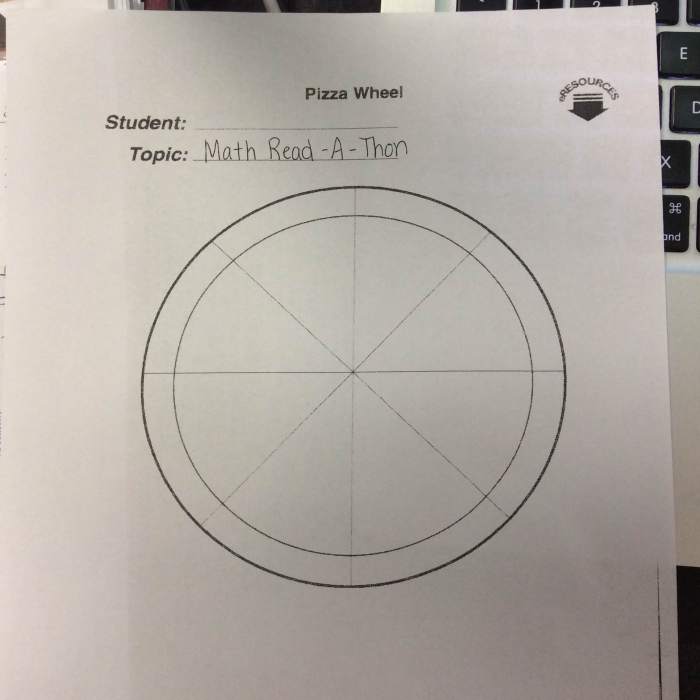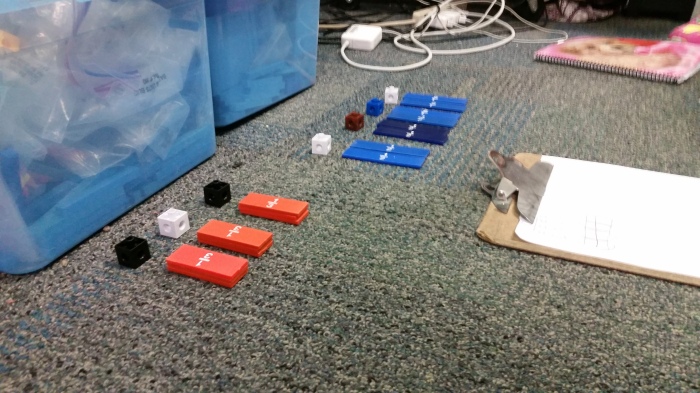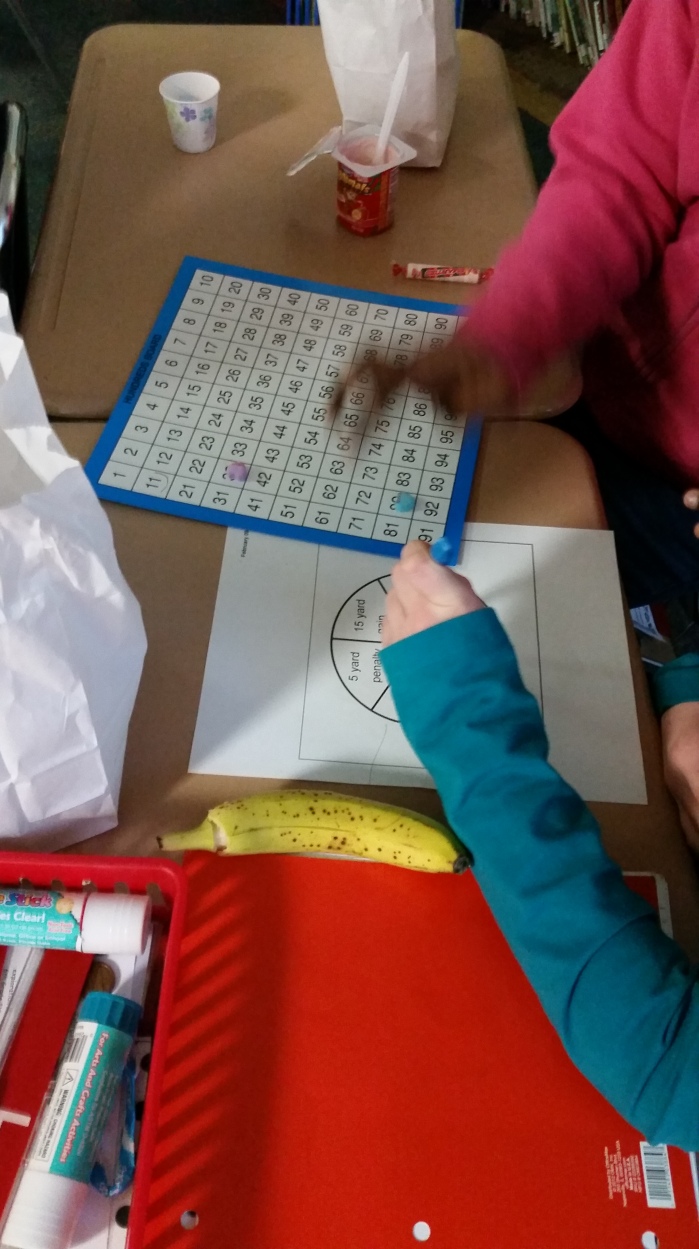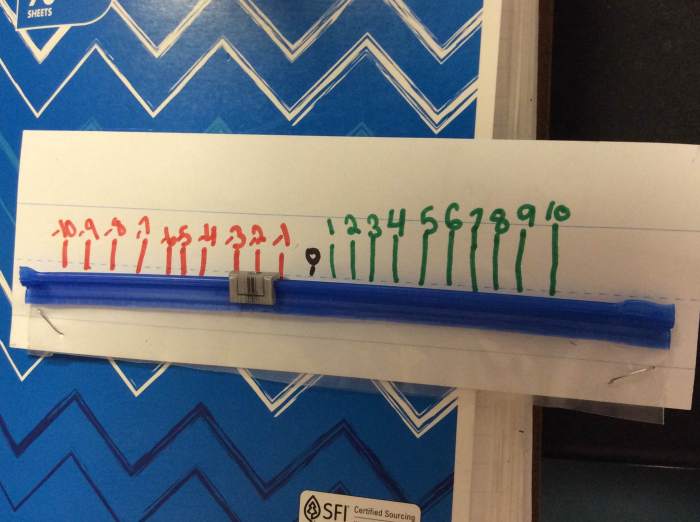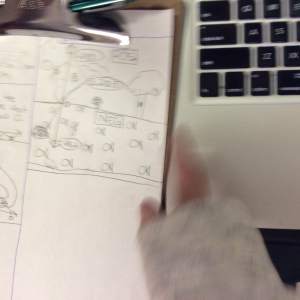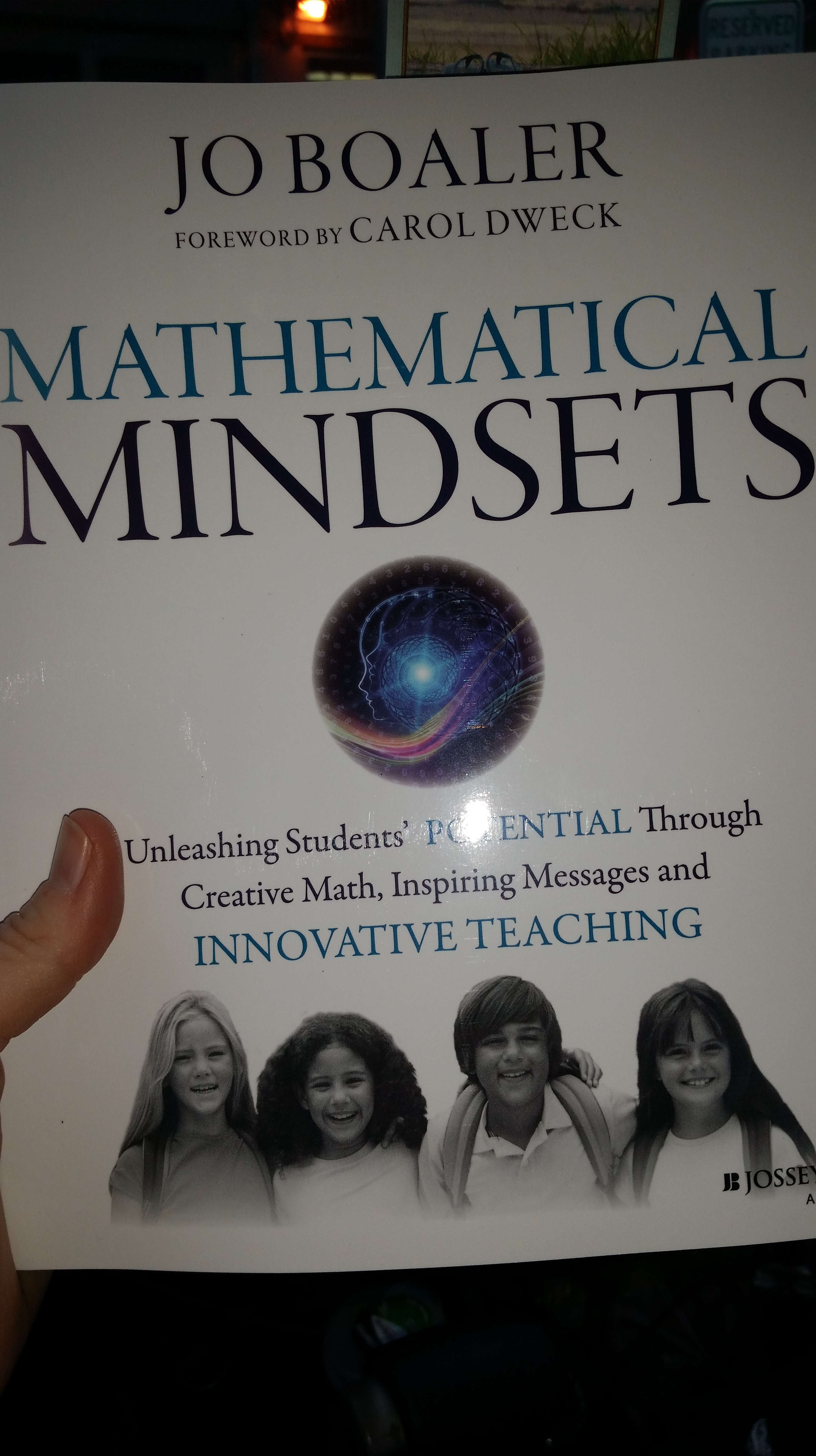Equality Task
I absolutely loved this task and so did my kiddos. I would have never believed that I would be reading full chapters, watching videos, and completing activities with my students totally wrapped around understanding what an equal sign represented. I am so amazed out how much information I got from this short task and how much rich discussion I was able to have with my students around an equal sign. It was so amazing!
I used my questioning and discourse sheet with this task. I thought it was a great task to push me towards algebraic questioning. I have found myself writing questions in my plans and formative data collection sheets. I am obsessed with asking the right questions now, not only for my students, but for myself. Grad school has opened my eyes to whole new level of rigor. In fact, my ASIS team came to observe for essential questions and rigor in our school on Tuesday and I quote: “I was a rockstar!” oh yeah, they were very impressed with my questioning skills, the students’ accountable talk, and the level of rigor going on in my room. I owe all my new skills in questioning and discourse to this class and all my classes so far.
I started by presenting the problem with the question: What does an equal sign mean to you? I asked them to solve the problem. I anticipated the answers they would give by using my Open Sharing Strategy form: 12, 8, 16 and walked around collecting data. In both of my classes that I completed this task the results were varying:
| Class |
12 |
16 |
8 |
Other |
| 5B |
5 students |
No students added across the numbers in this class. |
11 students |
One student chose 7. I am assuming they made a calculation error, since they were so close.
Another student chose 10. |
| 5C |
5 students |
2 students |
8 students |
No students in this class gave alternate answers. |
After the students solved this task, I placed them with partners strategically. I put students who answered 8, with students who answered 16, 12, or other. I put the following questions on the board for them discuss:
What does the blank represent?
How can you use manipulatives to help you solve?
How can you use a balance to help you solve?
What is the known information?
What is the unknown information?
Can you represent the square in a different way?
How could you read this question in a different way?
As they discussed I walked around and interviewed them. I asked each student in my class was an equal sign meant to them. I was only able to collect data with one class in this area. My first class was the first one I completed this with, so I learned from that class and decided to collect with this one.
| Students who understood an equal sign as a relationship |
Students who did not understand an equal sign as a relationship |
9 students
They stated that an equal sign meant:
- the same as
- blank=blank
- equivalent
- the same
- same both ways
- different ways, but the same
|
8 students
They stated that an equal sign meant:
- the answer
- sum
- operation
- you need to add, subtract, multiply, divide
- total
|
Students who seemed to border:
2 students
The students stated that an equal sign meant:
- different things depending on the situation
- depends on the situation
- like if you only have 3+4= __ then it is the answer
- If you have two sides that it means the same and you have to make them the same
|
The first class I completed this activity with I kind of just jotted notes randomly. I became more efficient with my data collecting the second go-round. Students in this class that did not understand the meaning of an equal sign said:
- put an answer
- an answer after an equation
- “I think the equal sign means the total”
- answer right next to it
- same as the answer
- put altogether
In this class I didn’t collect any data from the students that seemed to understand. I learned from this and interviewed everyone the second time.
After I had the kids had their discussion I brought them together and we discussed the following questions:
What others signs do you use in math to show a relationship?
What do they show?
How does 9+3 relate to blank + 4?
What do you think the blank represents?
How can you make both sides the same?
How can drawing help you if you are struggling?
Then I had them do a few more from our book to see how the results would differ. Minus one of my EC students who has trouble with even basic addition, every student was able to successfully complete a task similar from our books by the third try. Many got it the second try. I also gave them this list of equations and we discussed the differences, properties, forms, etc.
3+5=___ or 3+___=8
8=3+___ or __=3+5
8=__
3+5=__+5
3+5=__+4
After my this task many of students came up to me and were continuing to discuss as we cleaned up for class change. They were so proud of themselves for truly understanding what an equal sign meant. They seemed to be fascinated by the discussions we had taken part in. It was an amazing feeling.
My students have benefited greatly from tasks we have completed for grad class and conceptual understanding I have gained. I actually received an email from a student today and it said:
Thank you so much for being my teacher I used to hate math even though I was good at it the reason I hated it is because I did not understand it but u helped me understand it and now I love math
The above statement is my reason for loving grad school. It has made me a better teacher. This student had an amazing teacher before me, but she is very traditional and gives a lot of “tricks’ in her teaching. I think the above sums up the why behind conceptual teaching! I am truly blessed to be a part of this program. It was totally meant to be!

